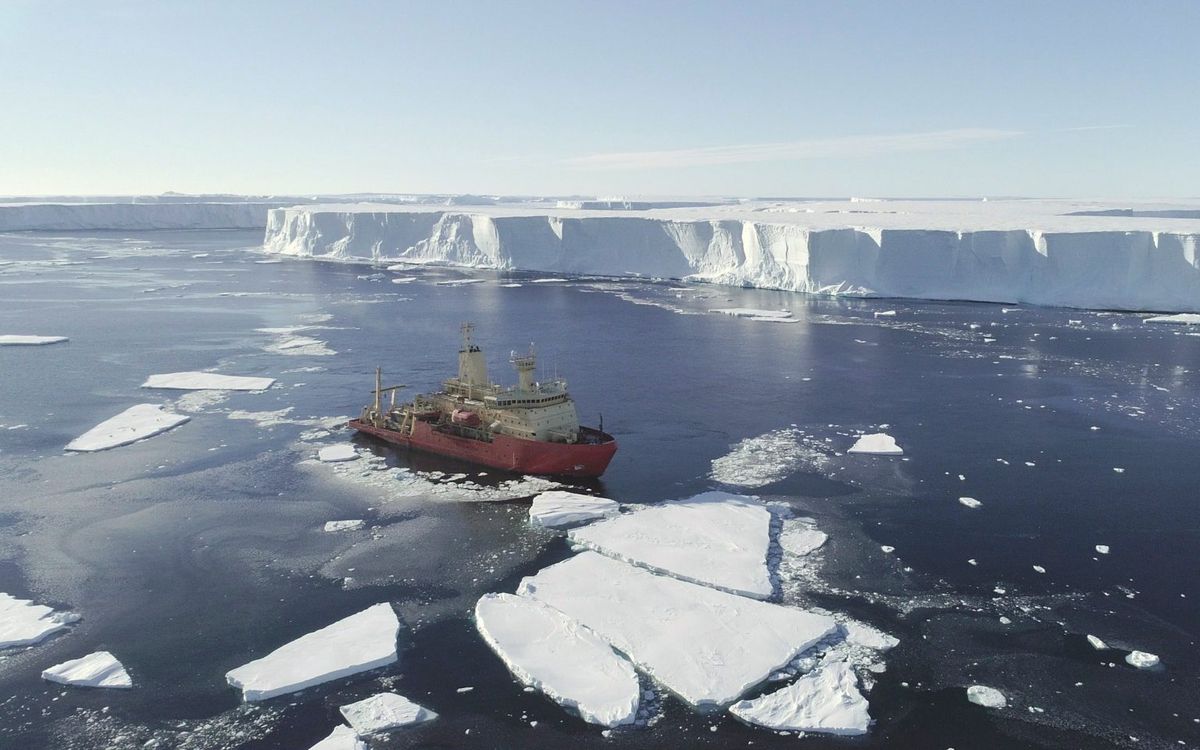A robotic submarine has returned from the dark underbelly of one of Antarctica's largest glaciers with chilling news — it could be melting faster than we previously thought.
The first measurements ever performed in the dark waters under the 74,000 square mile (192,000 square kilometers) chunk of ice revealed a disquieting piece of information: A previously underestimated current of warm water is flowing from the east, whittling away at several vital "pinning points" that anchor the shelf to the land.
"Our observations show warm water impinging from all sides on pinning points critical to ice-shelf stability, a scenario that may lead to unpinning and retreat," the study authors wrote in the paper, which was published April 9 in the journal Scientific Advances.
As one of Antarctica's fastest melting glaciers, Thwaites Glacier, cheerfully nicknamed the "Doomsday Glacier," has lost an estimated 595 billion tons (540 billion metric tons) of ice since the 1980s, contributing to a 4% rise in global sea levels since that time.
That warm water is also likely mixing in and around the grounding line, deep into the cavity, and that means the glacier is also being attacked at its feet where it is resting on solid rock," Graham told Gizmodo.
—Photo gallery: Antarctica's Pine Island Glacier cracks.
Exposure to warmer water could also push Thwaites' neighboring Pine Island Glacier past a tipping point, researchers showed in a study published March 25 in the Journal The Cryosphere.
The Thwaites and Pine Island glaciers are currently responsible for 10% of the ongoing increase in global sea levels, according to the Cryosphere study.
"The good news is that we are now, for the first time, collecting data that is necessary to model the dynamics of Thwaites glacier," study lead author Anna Wåhlin, professor of oceanography at the University of Gothenburg in Sweden, said in a statement
